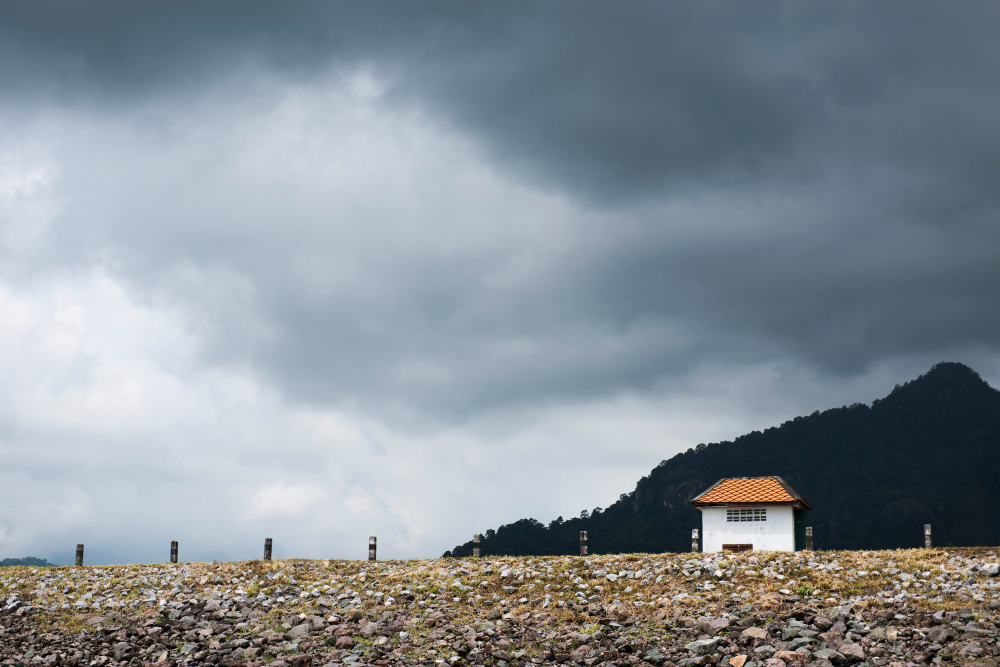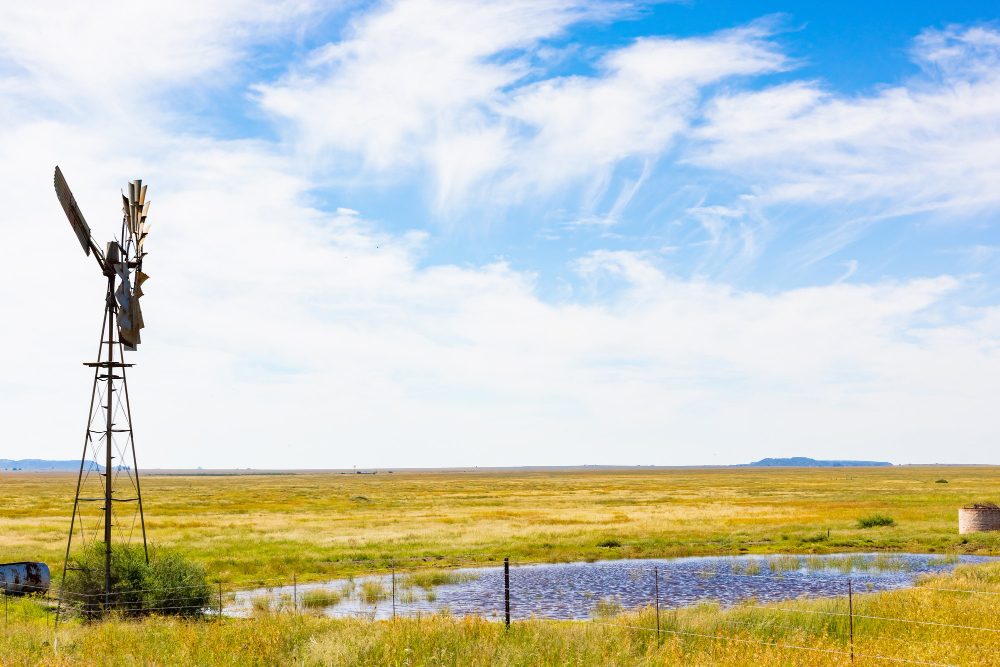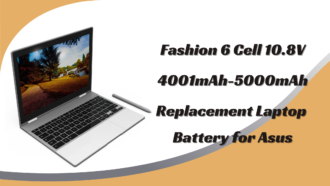Building Your Own DIY Weather Station
Ever wanted to know the exact weather conditions in your backyard without relying on the weather forecast from the local news? Building your DIY weather station can be just the answer! With Arduino and a few readily available sensors, you can create a cost-effective, fully functional weather station that can give you real-time accurate data. In this blog post, we’ll learn the steps to assemble and program your very own weather station.
How To Build a DIY Weather Station
Materials Required
- Arduino Uno or other compatible Arduino board
- Breadboard and jumper wires
- BMP180 barometric pressure sensor
- DHT22 temperature and humidity sensor
- Anemometer for wind speed measurement
- Wind vane for wind direction
- Pluviometer (rain gauge) for rainfall measurement
- Weatherproof enclosure to protect your sensors
- A power source (e.g., battery, solar panel)
- Assembling the Sensors
Start by setting up each of your sensors on your breadboard. First, connect the BMP180 pressure sensor to your Arduino using the I2C pins, ensuring you hook up the VCC, GND, SDA, and SCL connections. Next, attach the DHT22 temperature and humidity sensor to your breadboard and link its signal pin to a digital input pin on your Arduino. Lastly, connect the wind speed, wind direction, and rain sensors to the analog input pins on your Arduino board, following the manufacturer’s guidelines.
Testing and Calibration
Before deploying your DIY weather station, it’s crucial to test and calibrate the sensors to ensure accurate readings. This can be done by comparing your sensor readings with weather information from reliable sources or alongside a commercial weather station. Adjust your code and analog input thresholds as needed to match the reference data, and then test again to ensure accuracy. Be particularly careful when testing your rain gauge, as water and moisture can cause errors in other sensors if not adequately sealed. For in-depth monitoring and analysis of sensor signals, you can use tools like an oscilloscope to visualize the electrical signals coming from the sensors.
Weatherproof Enclosure
Since your weather station will be exposed to the outdoor elements, it’s essential to protect your sensors with a weatherproof enclosure. You can either purchase a pre-made weatherproof enclosure or create your own using materials such as PVC pipes or an old plastic container. Make sure your enclosure provides proper ventilation for accurate temperature and humidity readings while protecting the sensors from moisture and direct sunlight. Don’t forget to add a power source, such as a battery pack or solar panel, for continuous operation.
Adding Code to Read Weather Data
Use the example code provided with the sensor libraries to read data from each sensor, then modify the code to handle sensor readings properly. When coding for the anemometer, wind vane, and pluviometer, experiment with different analog input values to find the right thresholds for calibration. Ensure to calculate wind speed, direction, and rainfall based on the sensor analog signals. Combine all the sensor readings into one program, and add code to output the data in a readable format, such as serial communication or writing to an SD card.
Programming Your Arduino
Next, you’ll need to upload a program to your Arduino to read and process data from the sensors. To do this, you’ll want to use the Arduino IDE (Integrated Development Environment) and the appropriate libraries for your sensors. For example, download the libraries for the
BMP180 pressure sensor and the DHT22 temperature and humidity sensor, which you can find on the Arduino Library Manager. Make a new sketch and include the sensor libraries to get started.
Sharing Your Weather Data
If you’re interested in contributing to the broader weather community, consider sharing your weather station data with online platforms like Weather Underground or the Citizen Weather Observer Program. Doing so can help populate local weather data and make it available for others to use, analyze, and learn from. Sharing your data can also provide the opportunity to compare readings and collaborate with other DIY weather enthusiasts to improve the accuracy and reliability of your station.
Advanced-Data Processing and Visualization
Once you’ve completed your DIY weather station and have started collecting data, you can consider enhancing your project by adding advanced data processing and visualization features. This can involve developing a website or mobile app to display your real-time weather readings. You can even take advantage of cloud services, such as ThingSpeak or Google Firebase, to store your sensor data remotely and integrate it with other web applications for an interactive experience.
Maintaining Your DIY Weather Station
A DIY weather station requires regular maintenance to ensure accurate and reliable data collection for the long term. Be prepared to check and clean your sensors periodically, particularly after weather events like rain or storms that could potentially obstruct the sensors or cause debris build-up. Revisit your weatherproof enclosure to ensure it’s still providing adequate protection, and replace or recharge your power source as needed. Periodically recalibrating your sensors and updating your code can go a long way in maintaining accurate weather readings.
Creating your DIY weather station is a fun and practical way to stay abreast of local weather conditions while also honing your engineering skills. By following these steps, you can build a weather station tailored to your needs while staying cost-effective. Enjoy the satisfaction of knowing you’ve created a useful tool that can provide you with accurate weather data right in your backyard!


















